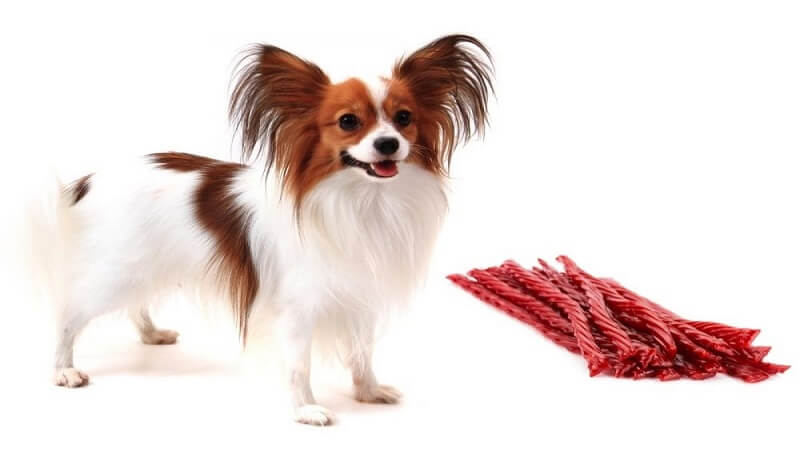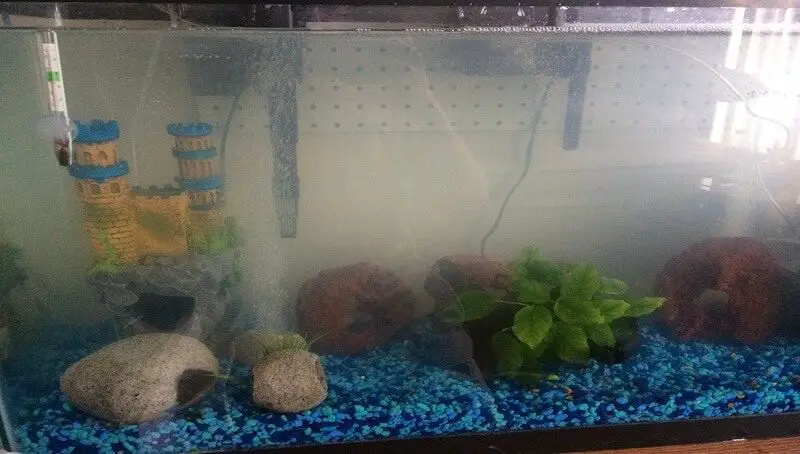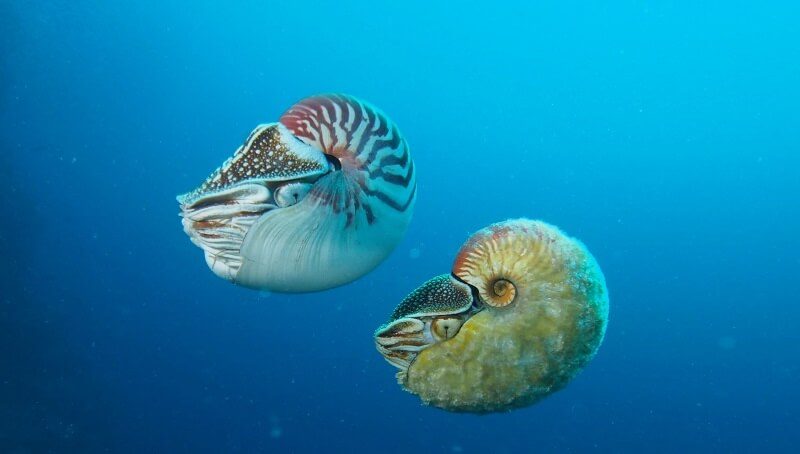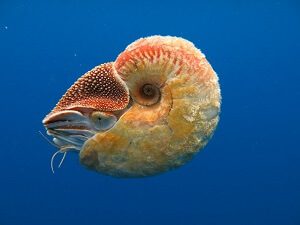
Can Dogs Eat Twizzlers Licorice? What About Twizzlers Licorice?
August 17, 2022
How to Fix Cloudy Aquarium Water
August 22, 2022
Peter Ward, a researcher at the University of Washington, saw a very interesting specimen in 1984. It resembled an extremely well-known creature, Nautilus Pompilius, but it was a new type of nautilus. The Allonautilus scrobiculatus is an extremely hard one to find.
Allonautilus scobiculatus
It was more than 30 years before the scientist was able to observe such a living fossil. He recently ventured into Papua New Guinea to try to track it down again. After days of searching, under the threat of malaria and extremely unbearable temperatures, the researcher was lucky to notice such a specimen living at sea.
The animal, unlike its more familiar cousin, is covered with hair and is considered the “Holy Grail” in the field of marine biology. Peter Ward wants to find out if it lives in other parts of the world too.
What is Allonautilus scrobiculatus?
The genus Allonautilus currently includes two species – Allonautilus scrobiculatus and Allonautilus perforatus. The differences between them are very small, but Allonautilus scrobiculatus is more common and is considered a type of species of the genus. That is why, speaking of Allonautiluses, I speak primarily of Allonautilus scrobriculatus, although practically everything applies to the second type as well.
The shell of Allonautilus scrobriculatus differs significantly from the shells of the genus Nautilus. Allonautilus has a fairly wide belly, wider than the one of Nautilus macromphalus, with a steep umbilical wall that grows upward with age and an almost rectangular cross-section. The colors of the shells differ: the red-brown stripes cover only the ventral and ventral-lateral parts of the shell, and the central part of the sides lacks color. However, in water, this nautilus is not white, but has a tan color, because the shell is covered with a strong periostracum.
The periostracum is a special organic layer, consisting mainly of conchiolin, that covers the shell of many crustaceans on the outside. It is common to all who have kept the shells of ordinary freshwater bivalves. On the exterior, they are covered with a thin black-green film, which begins to exfoliate and fall when dry.
 In Allonautilus, the periostracum is yellowish, quite thick, and in some specimens also shaggy, bulky, so that the Nautilus appears to be thickened with some algae. Thanks to such a periostracum, the Allonautilus received the nickname “crusty Nautilus”, meaning “crunchy Nautilus. In representatives of the genus Nautilus, the periostracum persists only very little on the newly constructed sections of the shell and then disappears. The presence of a strong periostracum, which covers almost the entire shell, is a very distinctive mark of Allonautilus.
In Allonautilus, the periostracum is yellowish, quite thick, and in some specimens also shaggy, bulky, so that the Nautilus appears to be thickened with some algae. Thanks to such a periostracum, the Allonautilus received the nickname “crusty Nautilus”, meaning “crunchy Nautilus. In representatives of the genus Nautilus, the periostracum persists only very little on the newly constructed sections of the shell and then disappears. The presence of a strong periostracum, which covers almost the entire shell, is a very distinctive mark of Allonautilus.
In the structure of the soft body of Allonautilus and Nautilus, there are also visible differences. Their reproductive organs differ, and representatives of these genera cannot interbreed with each other in principle. The structure of the radula and the location of the attachment points of the muscles are also somewhat different. In Allonautilus, the attachment points of the head retractors are located higher, dorsal, than in Nautilus. The reason for this is the different shape of the shell and the presence of a high umbilical wall in Allonautilus.
However, there are no fundamental differences between these Nautilus, which demonstrates their rather close relationship. The size of the Allonautilus varies from 18 to 22 cm in the diameter of the shell, meaning that these values differ very little from those of the genus Nautilus.
The difference between Allonautilus Scobiculatus and Allonautilus Perforatus stands in the presence of pronounced ribs on the living chamber of Allonautilus Perforatus. These differences are enough to distinguish the two species.
It appears that the genus Allonautilus is older than Nautilus and on the evolutionary tree of the Nautilidae, this one lies between the extinct Nautilus and Mesozoic Cenoceras.
Peter Ward, a biologist at the University of Washington, and Bruce Saunders of Bryn Mawr College identified Allonautilus in 1984, but have not seen the species since 1986 up to present. Ward said that Allonautilus could be the rarest animal in the world.
Nautilus is considered a living fossil, with similar animals living 500 million years ago.
